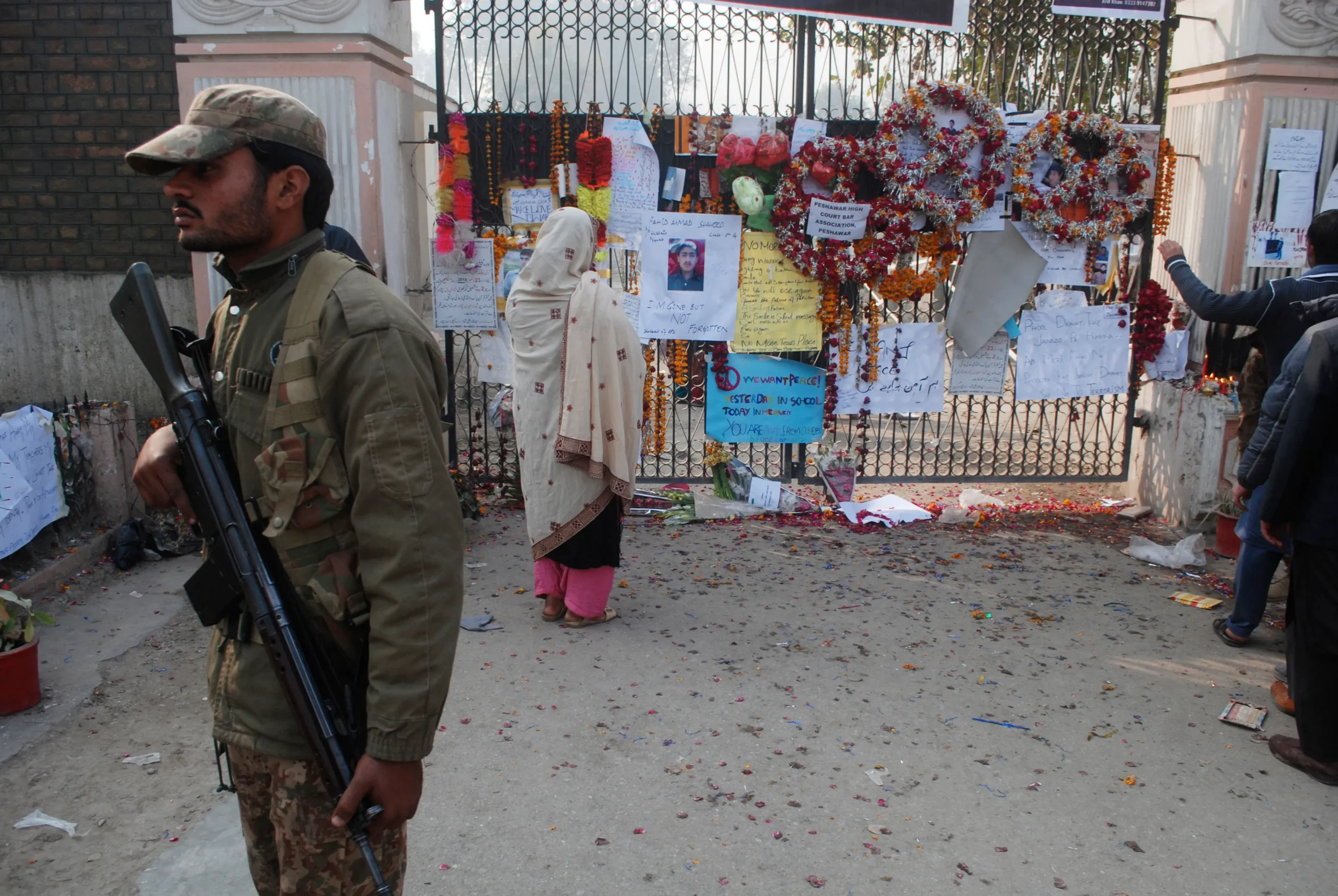As the COVID-19 pandemic has been brutal to economies worldwide analysts say that Bangladesh’s economy is likely to recover the quickest in South Asia.
South Asian nations, in particular, are recording negative growth or lower growth than projections. According to India’s National Statistical Office (NSO), India’s economic growth slipped to 3.1% in the January-March quarter of 2019-20.
Moreover, Pakistan in FY20 (July-June) is likely to register 0.4% negative GDP growth, while the economy of Vietnam from January-June was able to grow by only 1.81%.
Additionally, Bangladesh has recorded an impressive 5.24% GDP growth (provisional) in FY2019-20, despite this. Besides GDP growth, other economic indicators have also led economists to forecast that the country\’s economy will recover from the pandemic faster than most other economies in the region.
Bangladesh’s Economy
Bangladesh’s exports rose by 0.6% to $3.91 billion in July, after suffering an 83% decline to $520 million in April. Imports are also showing signs of improvement, with a 36% rise between May and June.
Also, remittances hit record highs of $18.20 billion in FY20. Foreign Exchange reserves also hit an all-time high of $37.1 billion in July.
Looming Concerns and threats
Agricultural production, a crucial part of Bangladesh’s economy performed relatively alright better in the pandemic, even though crops suffered due to supply chain disruptions.
However, the outbreak continues to pose a threat.
“The US and European Union, major exports destinations for Bangladeshi goods, may opt for fewer imports as the regions reel from the pandemic.” said the global research team of Standard Chartered Bank.
Furthermore, the Middle East is a major source of inbound remittances for Bangladesh. The region is suffering from unrest, COVID-19, as well as falling oil prices. This is another concern for Bangladesh’s economy.
Anticipated happenings
Fiscal and monetary support is likely to be simultaneously used to cushion the growth slowdown.
Bangladesh\’s debt to GDP ratio is likely to increase to 40% of GDP in FY 2021, but it is still in a comfortable zone in comparison to other South Asian countries.
The Bangladeshi Taka is likely to remain stable on the back of Balance of Payment surpluses, it added.
The country’s external debt to GDP ratio remains low and this is a unique advantage, allowing for a V-shaped economic recovery if properly utilized, say experts.
Possibilities and opportunities
Similarly, fiscal and monetary policy measures for stimulus packages will increase local currency liquidity. There will also be opportunities to tap into the foreign currency liquidity pool. Looking towards capital market instruments such as commercial paper, zero-coupon bonds, and moving away from traditional bank-led financing models is also on cards.
Moreover, this will help to attract local investors. As well as bring in foreign investment to the capital market, making Bangladesh’s financial sector more vibrant.






